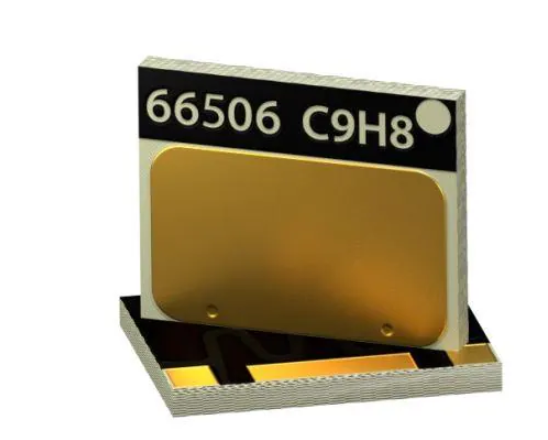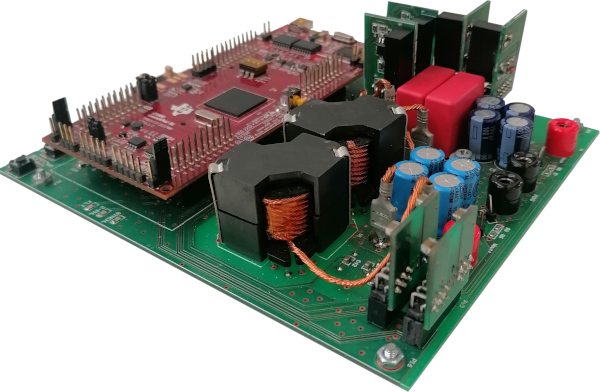 Power Electronic Converters Design, Construction and Control
Power Electronic Converters Design, Construction and Control
In ELMEC Lab we have developed several power electronic converters of many kinds and sizes to tackle state-of-the-art challenges and meet the needs of cutting-edge applications.
Every implementation initiates with an extensive study with thorough mathematical analysis, followed by detailed simulations with new models (of the active/passive components and generators) when needed, development of novel control schemes (in Laplace and discrete time domain) and ends with the demonstration of the final system prototypes.
Some indicative systems we have built in the Lab are:
- Forced driven, load driven, and PWM controlled single phase and three phase inverters for renewable energy sources (Photovoltaic and wind turbine applications) and motor control.
- Power factor correction circuits.
- Resonant type converters have been developed for use in induction heat installations.
- Quasi-Resonant type converters.
- Vector control driven inverters for asynchronous machines control, using special purpose microcontroller units (MCUs).
- Power semiconductor supply devices operating at a high switching frequency (up to 1.5 MHz).
- Network driven single phase and three phase bridge, choppers.
- Various driving circuits for power electronic converters and other electronic devices for use in AC/DC or DC/AC (single or three phase) converters with variable frequency and power rating.
Wide-Babd Gap (WBG) power electronics
A growing research field in our Lab is the optimal utilization of new WBG semiconductor devices, mainly Silicon Carbide (SiC) and Gallium Nitride (GaN), in novel converter architectures for applications that have strict requirements in efficiency, volume, weight and footprint. This continuously evolving technology has proven to have advantageous properties compared to the conventional Si semiconductors, in terms of switching frequency capabilities, breakdown voltage robustness, thermal conductivity, and overall efficiency improvement. These, in turn, allow the reduction of the passive components (magnetics and capacitors) leading to miniaturized energy conversion systems. Our research in this field involve:
- Characterization of WBG devices (in static and dynamic conditions, overcurrent and short circuit scenarios).
- Development of new power electronic architectures for the best-match between topology and device technology.
- Introduction of novel high frequency and high power density measurement systems, suitable for WBG converters.
Contribution to the fundamentals of power electronics with the invention of new PWM strategies for multi-level WBG converters.
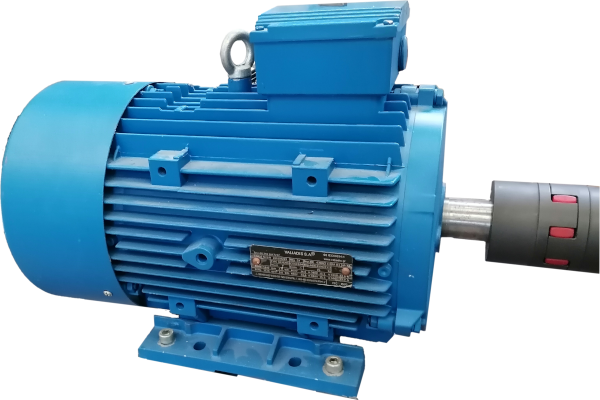 Electric Machines
Electric Machines
Propulsion Systems for Electric Vehicles
The ELMEC Lab has been a pioneer in transportation electrification with prototype propulsion system for electrical vehicles since the early 90s. Since then, we have continuously been innovating in this sector, incorporating new technologies, materials and control theories. Among others, we investigate:
- Motor electromagnetic field interference through special measurements equipment.
- Functional characteristics of electric vehicles
- Detailed modeling of real time EV load variation (while on the road) via simulations and experiments.
- Advanced Battery Management Systems (BMS)
Vehicle to Grid (V2G) interaction, requirements & challenges, and market opportunities.
Electrical Machines transient phenomena
The electrical machines’ dynamic behavior and the appearing transient phenomena is a key research domain for their robust design and reliable operation. ELMEC Lab has a wide volume of work to display in this area, concerning mainly the motors' and generators' transient behavior analysis, where many models have been introduced in order to study critical transient phenomena.
Synchronous machines-powered electromotive systems
We have done extensive studies and presented original circuits and techniques to address the problems related to starting a synchronous motor. Specifically, our focus has been placed on driving inverter and its DC voltage supply during the machine’s starting phase, during which period the internal voltage is not sufficient to supply power electronic circuits. This research is carried out in our Lab by means of both computer-aided simulations and experimental work, while prototype circuits are constructed and tested by our research team.
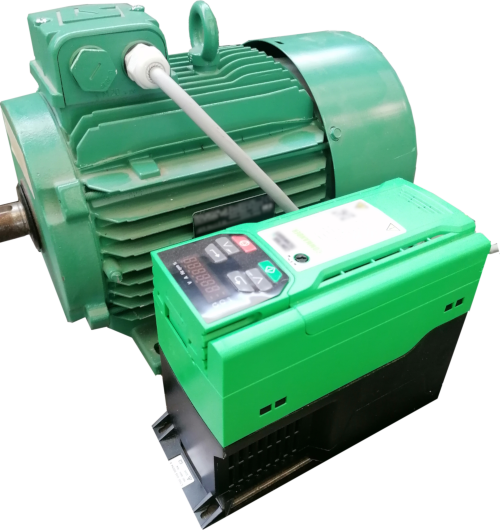 Motor Drive Systems
Motor Drive Systems
Design and development of motor drive and control systems
We have developed innovative power electronic converters (e.g. regulated DC/DC converters, PWM inverters, chopper etc.) and numerous auxiliary circuits for the automation of electric machines. We are always aiming for powerful and flexible designs through the optimal utilization of the latest-technology microcontroller units.
Electromechanical systems modeling
We have developed many mathematical models in order to simulate and study steady-state and transient phenomena of complex systems and circuits consisting of electrical machines and power electronic converters. Such systems are characterized by strong non-linearity and variability of the models describing the system. We pay particular attention to systems consisted of synchronous and asynchronous machines and PWM-based power converters.
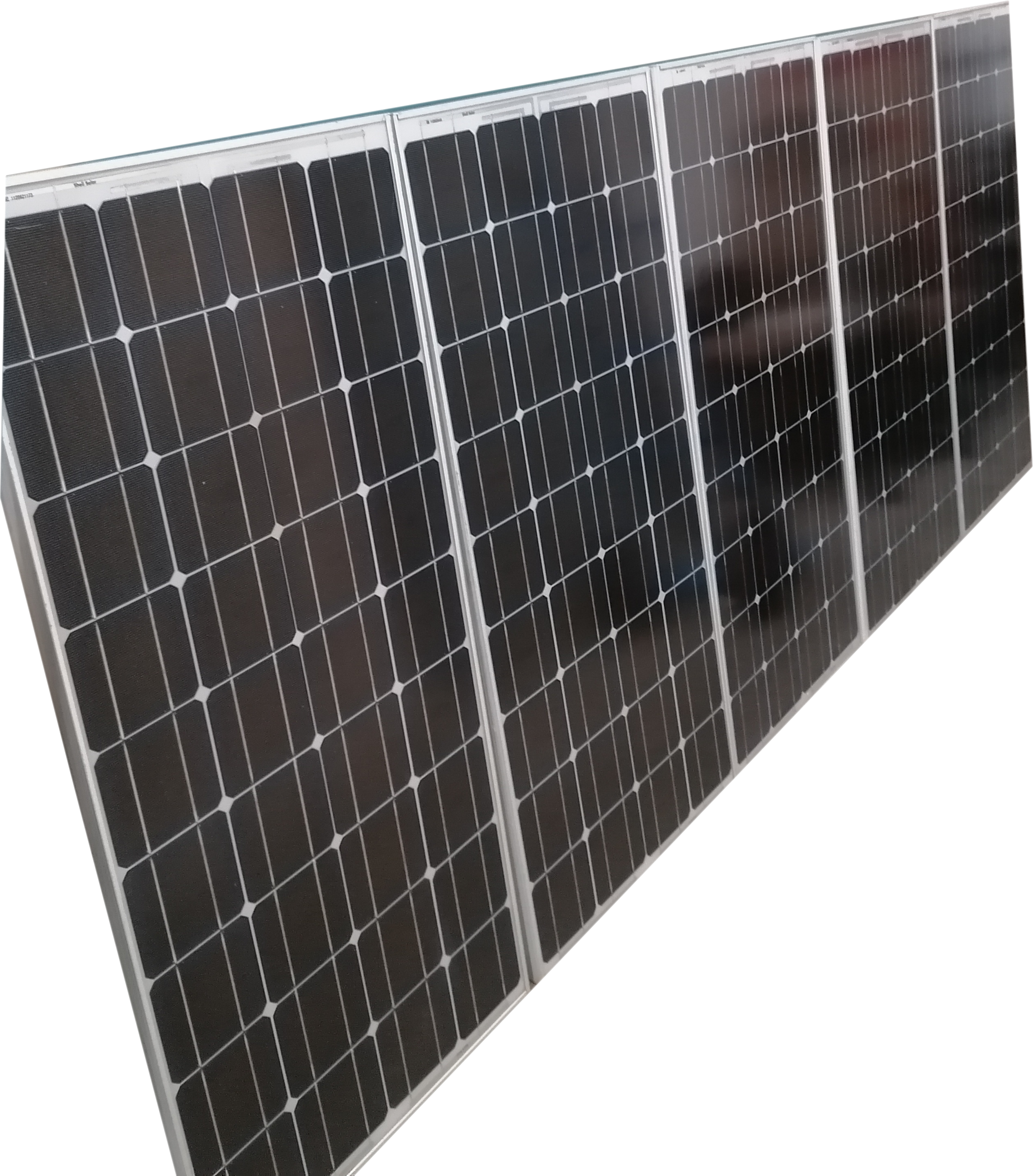 Renewable Energy Conversion
Renewable Energy Conversion
Photovoltaic energy conversion and storage systems
In ELMEC Lab we have designed and constructed power electronic converters for the interconnection of PV generators to the grid (centralized inverters, micro-inverters, power optimizers etc.), charging a stand-alone energy storage system, while ensuring maximum extraction of the produced power. In such applications we are targeting for prototype converters with high power density and high efficiency.
Aeolic to electric energy conversion
In ELMEC Lab we are continuously conducting research on the aeolic to electrical energy conversion integrated systems, focusing among others, on the fluid-mechanics behavior of wind generators. A low power wind turbine has been designed, developed and installed on the Lab’s rooftop for experimental validation of novel converter and control structures.
